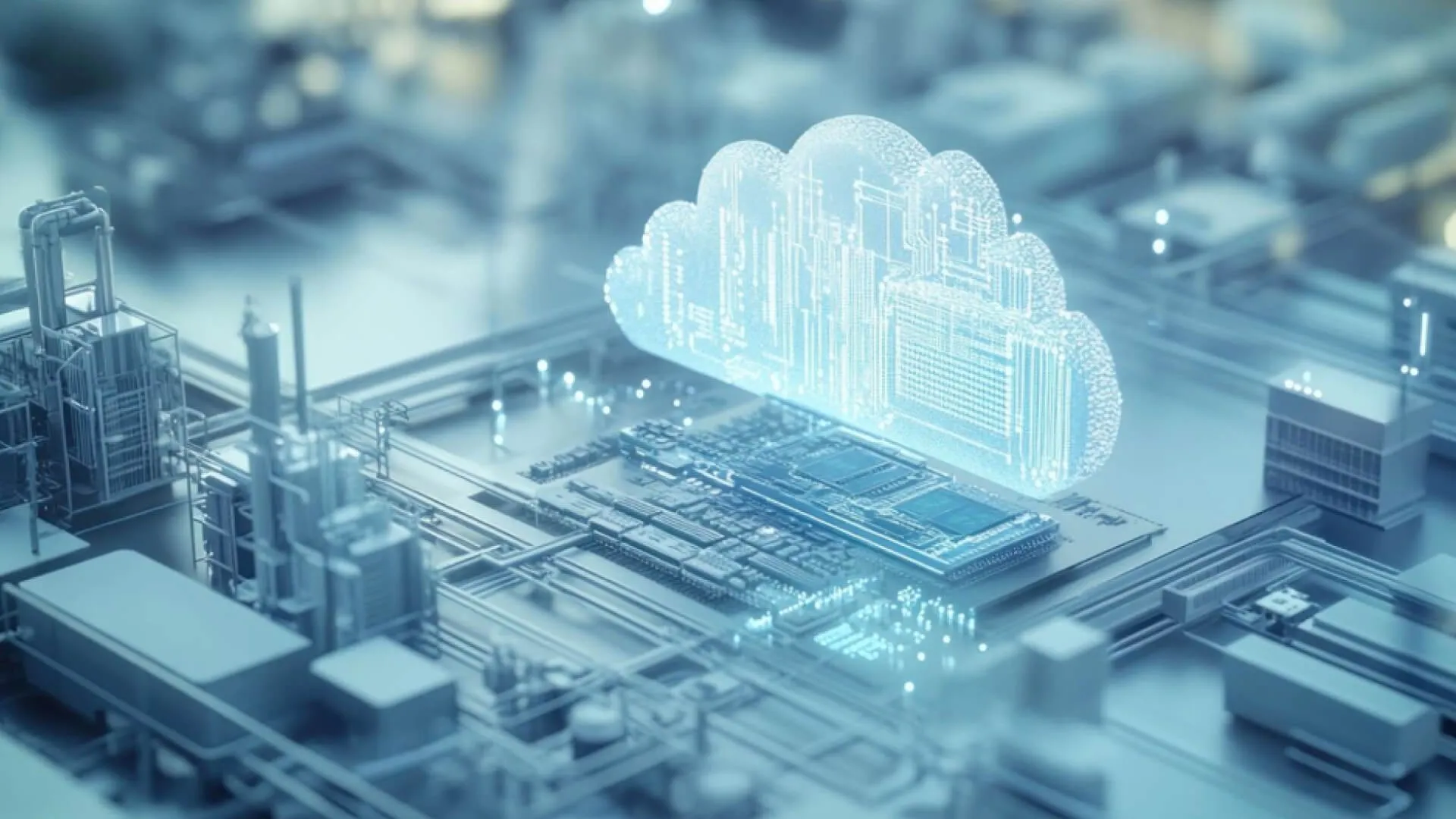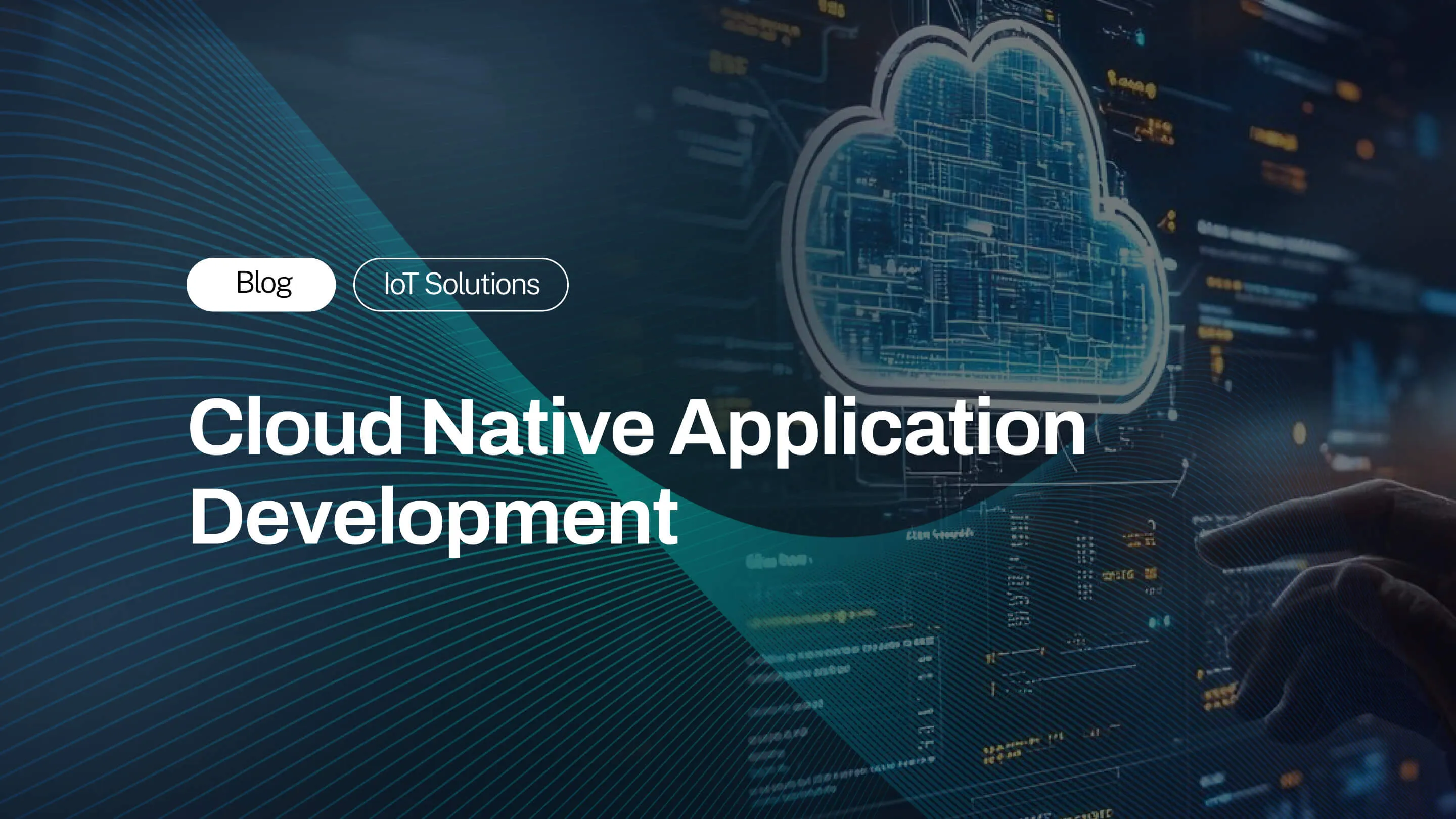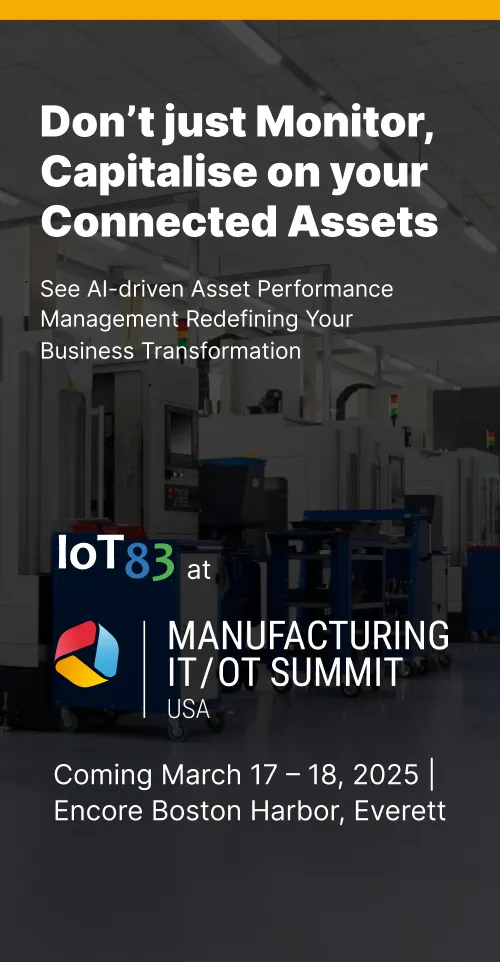A Story of Cloud Native IoT in Action
Go back in time where you see a manufacturing plant where HVAC systems regulate critical temperatures, and where every sensor, motor, and PLC generates gigabytes of real-time data. In the past, each subsystem ran in isolation—machine data on one server, ERP data elsewhere, customer requests locked in another cloud. IT teams were overwhelmed, costs kept spiralling, and AI pilots struggled to get the right data, at the right time, to deliver value.
Now, come back to today and picture this same plant. A vibration anomaly on an industrial equipment triggers an automated alert. Instantly, a middleware orchestrates data from edge sensors, contextualizes it with historical ERP maintenance logs, and feeds it into a predictive ML model. The right technician is dispatched, the faulty part ordered automatically, and the maintenance manager reviews a dashboard showing how similar issues were pre-empted across three sites last quarter.
That’s surely not a distant vision—it’s what the OEM leads are doing today. According to McKinsey, cloud native strategies have cut IT operating costs by 30–50% and improved time-to-market for digital solutions by as much as 75%. But these results aren’t achieved by accident—they’re built on following best practices that includes turning IoT chaos into actionable business outcomes.
Why Cloud Native for Industrial IoT?
Cloud native application development means building solutions that fully leverage the elasticity, modularity, and speed of the cloud. It’s not about simply “lifting and shifting” legacy apps to AWS or Azure—it’s about designing every layer (from the sensor to the dashboard to the AI engine) for scale, resilience, and rapid iteration.
This matters especially for industrial IoT (IIoT), where manufacturers are connecting hundreds of thousands of assets, deploying edge analytics, and layering on AI/ML for predictive maintenance, process optimization, and new service models.
1. Design for Cloud Native from the Start
According to Gartner, over 70% of new enterprise IoT solutions will be built cloud native by 2027. Monolithic architectures simply can’t keep up with the needs of modern Industrial IoT. Leading companies now design applications as modular, stateless microservices, running in containers, orchestrated by Kubernetes or similar frameworks.
2. Embrace Modular Microservices
Rather than building one huge application, break functions into microservices—like device onboarding, telemetry processing, analytics, user management, and alerting. This allows teams to innovate and scale features independently.

3. Security at Every Layer
Industrial IoT platforms are prime targets for cyber threats. From edge devices to cloud APIs, security must be built in—not bolted on. Use zero-trust authentication, encrypted channels, RBAC, and ongoing vulnerability management.
4. Real-Time, Edge-to-Cloud Data Processing
By 2025, 75% of enterprise data will be processed at the edge. In the manufacturing, energy, and smart cities, milliseconds count. The best Industrial IoT platforms push intelligence to the edge for low-latency decisions, but aggregate insights in the cloud for business-wide analytics.
5. Engineered to Scale
You should never think “Let’s build the solution and then we can scale later”—it must be solved up front. Stateless design, dynamic onboarding, robust monitoring, and elastic compute are musts. For efficiently and aggressively monitoring cloud spend, you need cloud native architectures.
6. Open APIs and Standard Protocols
Integration is everything. By building on open APIs (REST, GraphQL), and industry protocols (MQTT, OPC-UA, Modbus), you avoid vendor lock-in and ensure future-proof interoperability.
7. AIoT by Design: Built-In Machine Learning
McKinsey finds predictive maintenance can reduce breakdowns by 70% and cut maintenance costs by 25%. The future of Industrial IoT is AIoT—where AI and IoT combine to create self-optimizing factories and smart products.
8. Unified Observability and Governance
From device health to AI model lineage, you need a “single pane of glass” to monitor everything, prove compliance, and optimize cost.
How Industrial OEMs are Transforming with Cloud Native Industrial IoT

Industrial OEMs are leveraging the cloud native best practices to:
- Launch new digital services and EaaS models (e.g., equipment-as-a-service)
- Expand to millions of devices without “re-architecting” at every stage
- Integrate AI and data-driven workflows for predictive maintenance, anomaly detection, and process optimization
- Cut operational and cloud costs by 50–90%
- Retain full IP ownership and brand control—essential for long-term competitiveness.
Take the Next Step Toward Cloud Native IoT Leadership
Industrial digital transformation isn’t just about connecting more devices—it’s about making every data point work for your business, in real-time, with agility and intelligence. For Equipment manufacturers whether it’s about modernizing the existing OT-IoT legacy systems or developing a solution ground up, specific to their requirements, they need a platform that enables the development ease, IP Ownership, wider spectrum of compatibility between varying device, data, use-case types and operation wide scale readiness.
Read more: Designing industrial IoT Applications: Trade Offs Between Monolithic and Microservices Architectures






.jpg)

.jpg)


